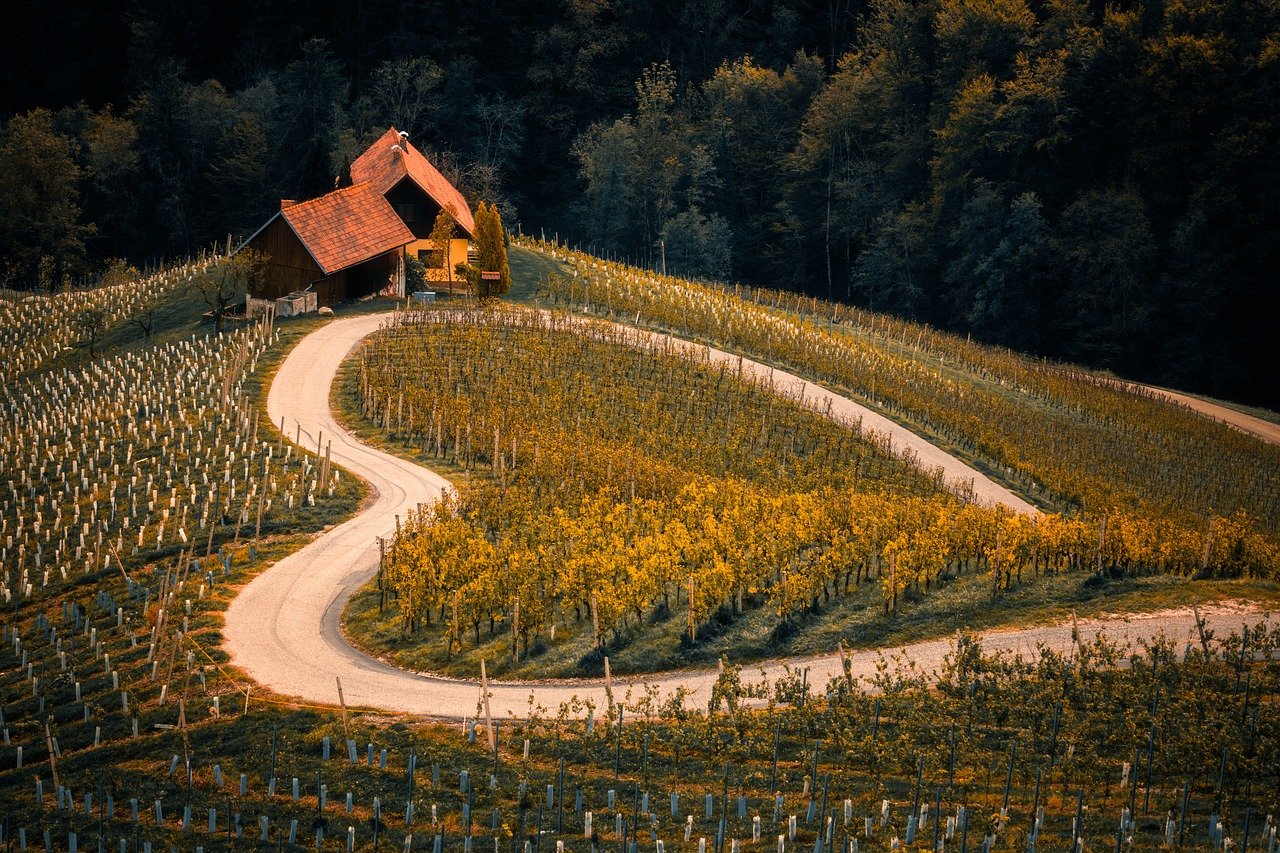- info@farmkit.io
- 5000 Yonge St Suite 1901, Toronto, ON M2N 7E9
Traditional vs. Modern Farming Techniques: A Comparative Analysis
farmkit_admin
April 12, 2024
Smart Agriculture

Farming techniques have evolved over time, with traditional and modern approaches being at the forefront of agricultural practices. Understanding the differences between these two methods is crucial for making informed decisions regarding sustainability, productivity, and environmental impact. In this comparison, we explore the key contrasts between traditional and modern farming techniques.
1. Approach
Traditional Farming:
- Rooted in centuries-old practices and local knowledge.
- Emphasizes manual labor and simple tools.
- Often geared towards subsistence farming for local consumption.
- Favors crop diversity and organic practices.
- Relies on preservation of indigenous seed varieties.
Modern Farming:
- Incorporates both advanced technology and mechanization.
- Focuses on large-scale production for global markets.
- Utilizes genetically modified organisms (GMOs) for enhanced traits.
- Implements precision agriculture to optimize resource use.
- Aims for higher productivity and efficiency.
2. Environmental Impact
Traditional Farming:
- Low environmental impact due to organic practices.
- Relies on natural pest control and crop rotation to maintain soil fertility.
- Preserves biodiversity through diverse crops and native seeds.
Modern Farming:
- Higher environmental impact due to chemical inputs and intensive practices.
- Utilizes synthetic both pesticides and fertilizers for pest and disease management.
- May lead to monoculture, reducing biodiversity.
3. Productivity
Traditional Farming:
- Generally lower productivity compared to modern farming.
- Suitable for small-scale and needs.
Modern Farming:
- Higher productivity and yield due to technological advancements.
- Can meet the demands of a growing global population.
4. Sustainability
Traditional Farming:
- Promotes sustainability through organic practices and community reliance.
- Well-suited for maintaining traditional cultures and local ecosystems.
Modern Farming:
- Faces challenges in sustainability due to resource-intensive practices.
- Requires responsible management to lessen environmental impact.
Conclusion
Traditional and modern farming techniques offer different approaches to agriculture, each with its own set of advantages and disadvantages. Traditional farming emphasizes cultural heritage, local sustainability, and low environmental impact. On the other hand, modern farming prioritizes high productivity, global market demands, and technological advancements.
The key to sustainable agriculture lies in finding a balance between these two methods. Integrating traditional wisdom with modern innovations can lead to a more resilient and productive agricultural system that respects both cultural heritage and the environment. By fostering knowledge sharing and responsible practices, we can ensure a sustainable future for agriculture while meeting the challenges of a rapidly changing world.
Featured News
Traditional vs. Modern Farming Techniques: A Comparative Analysis
6 Transformations of technology in agriculture that you should know
March 22, 2024
The Impact of Nanotechnology in Agriculture and Beyond
February 27, 2024
